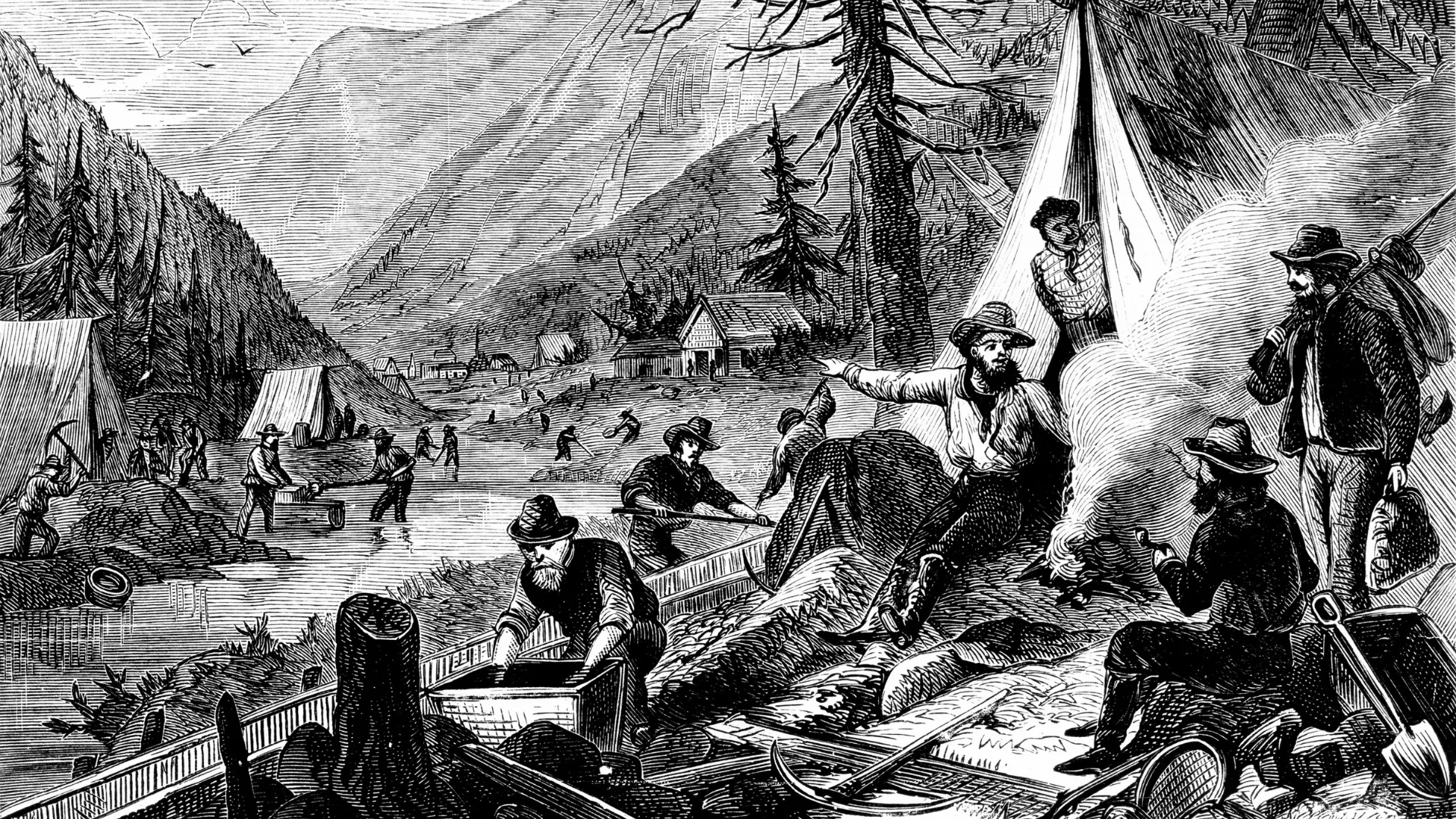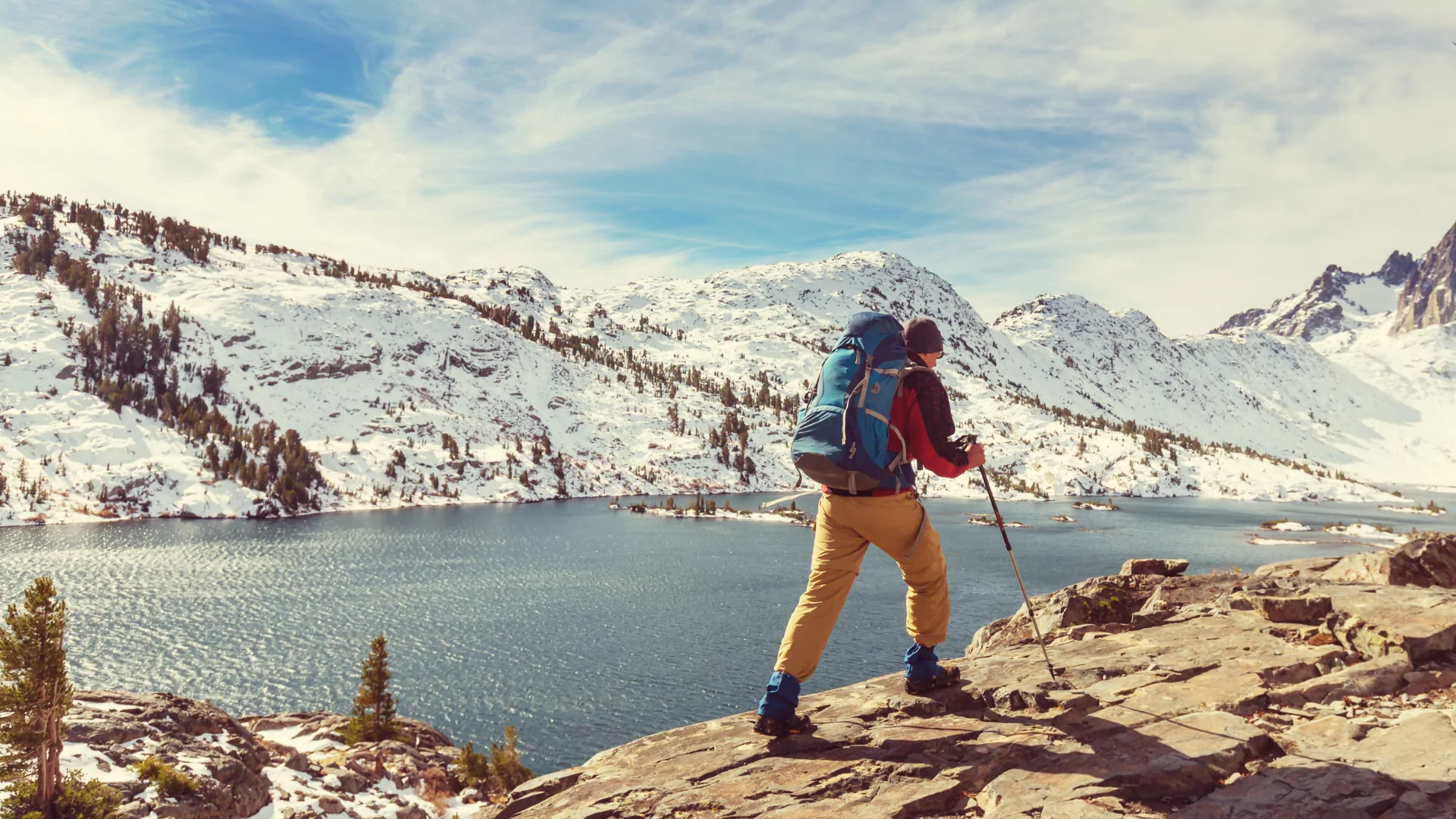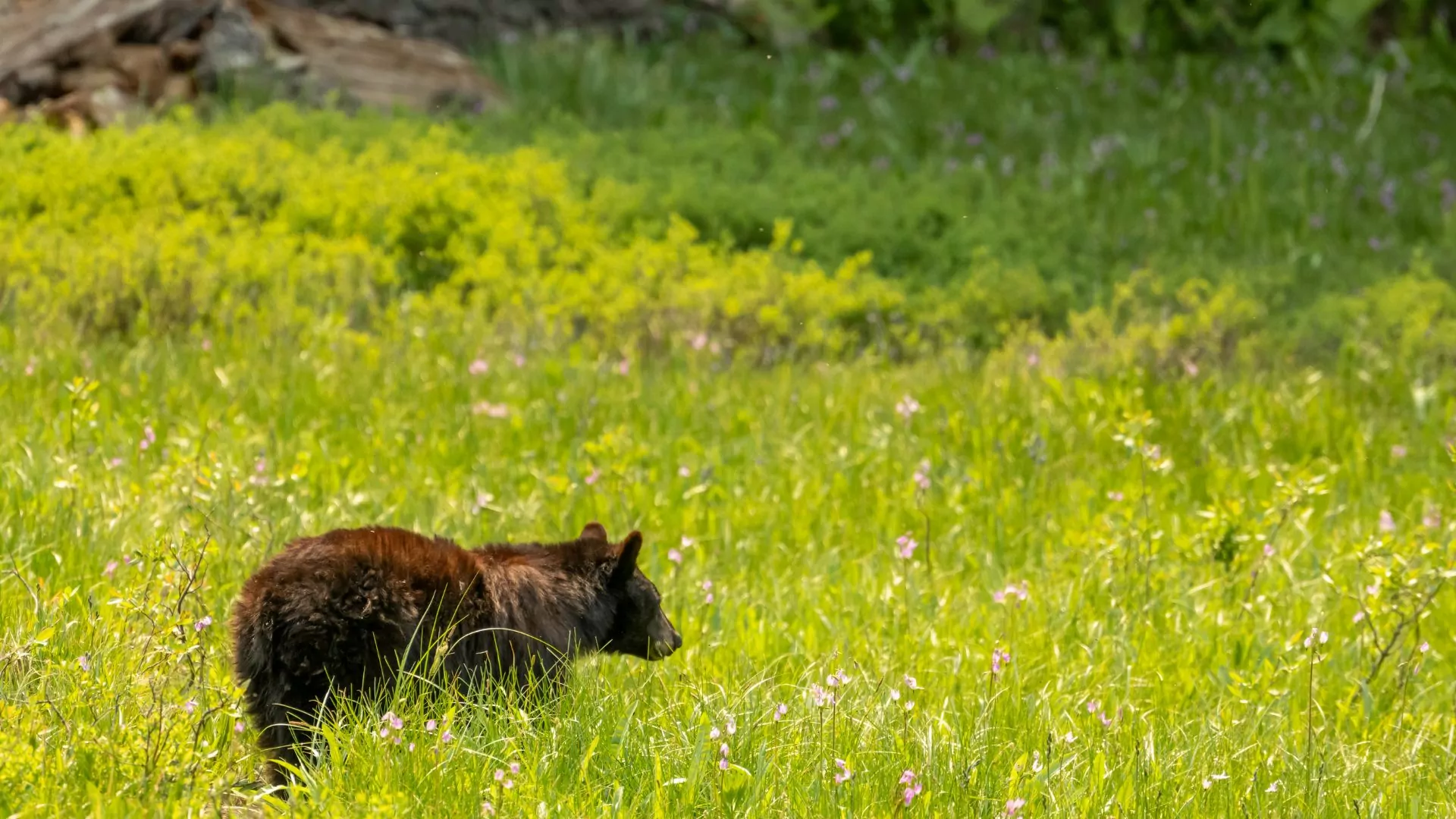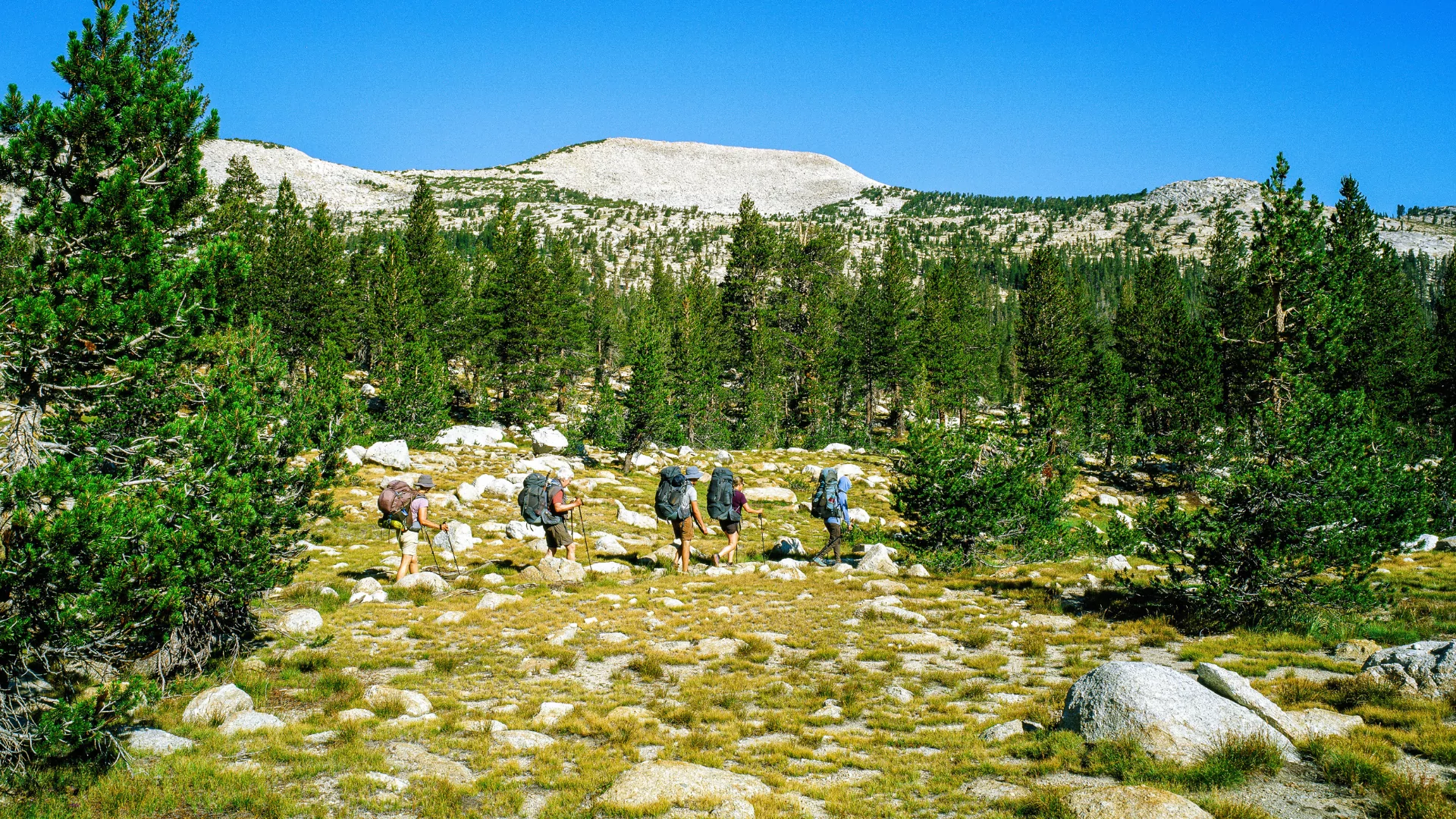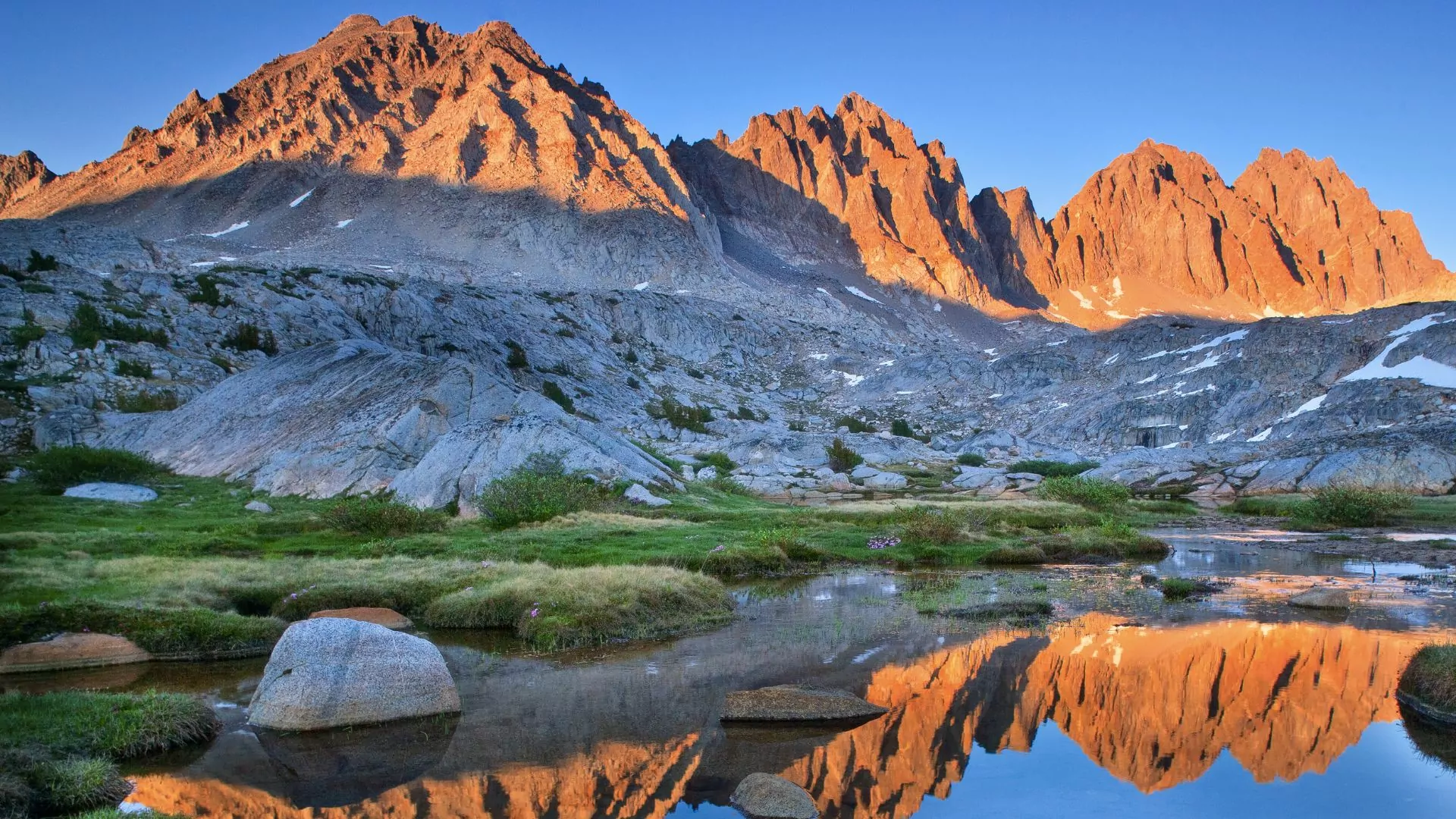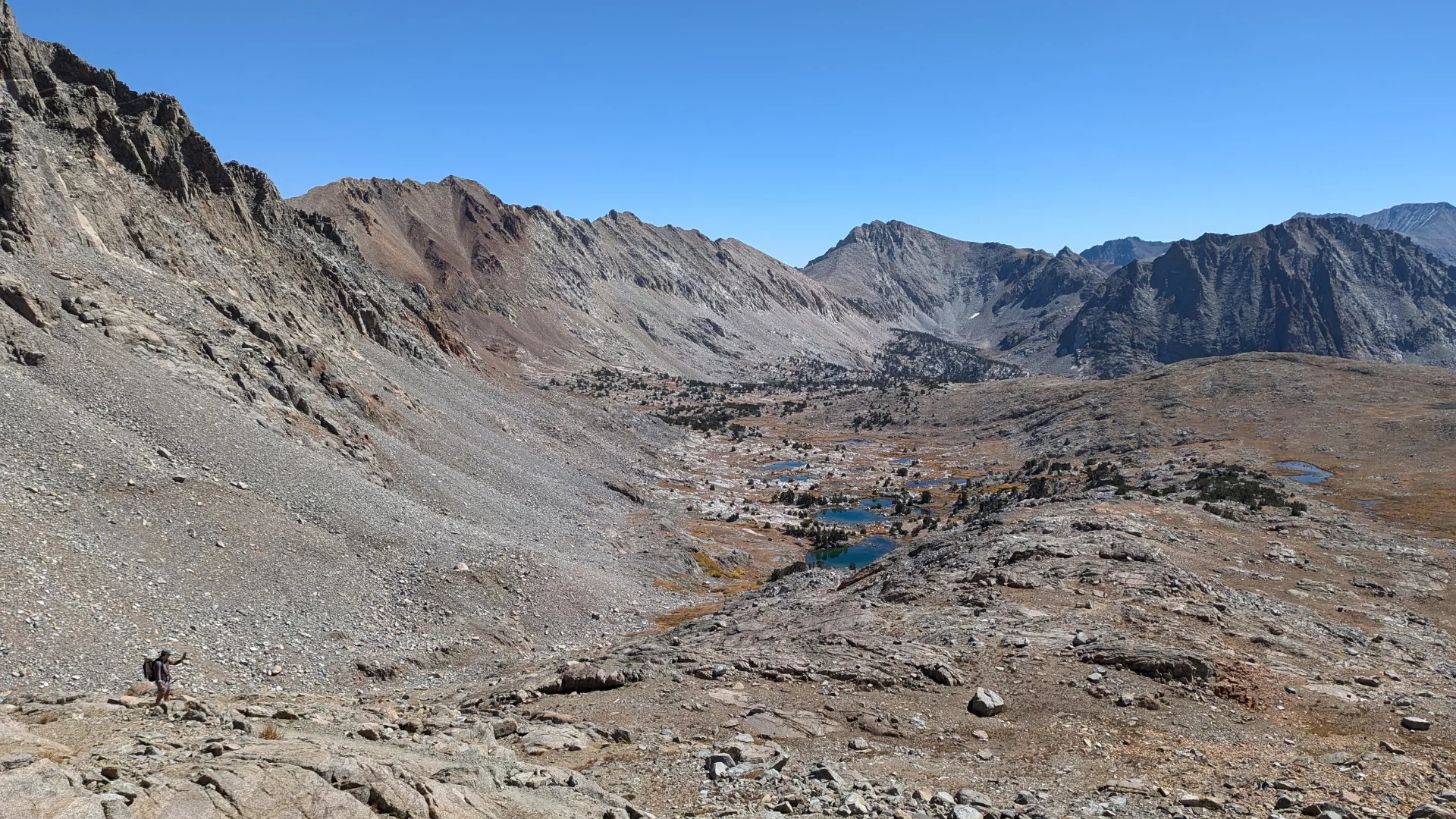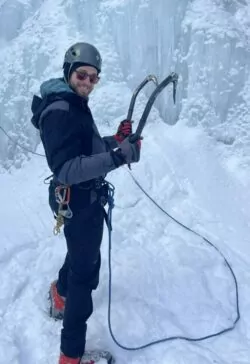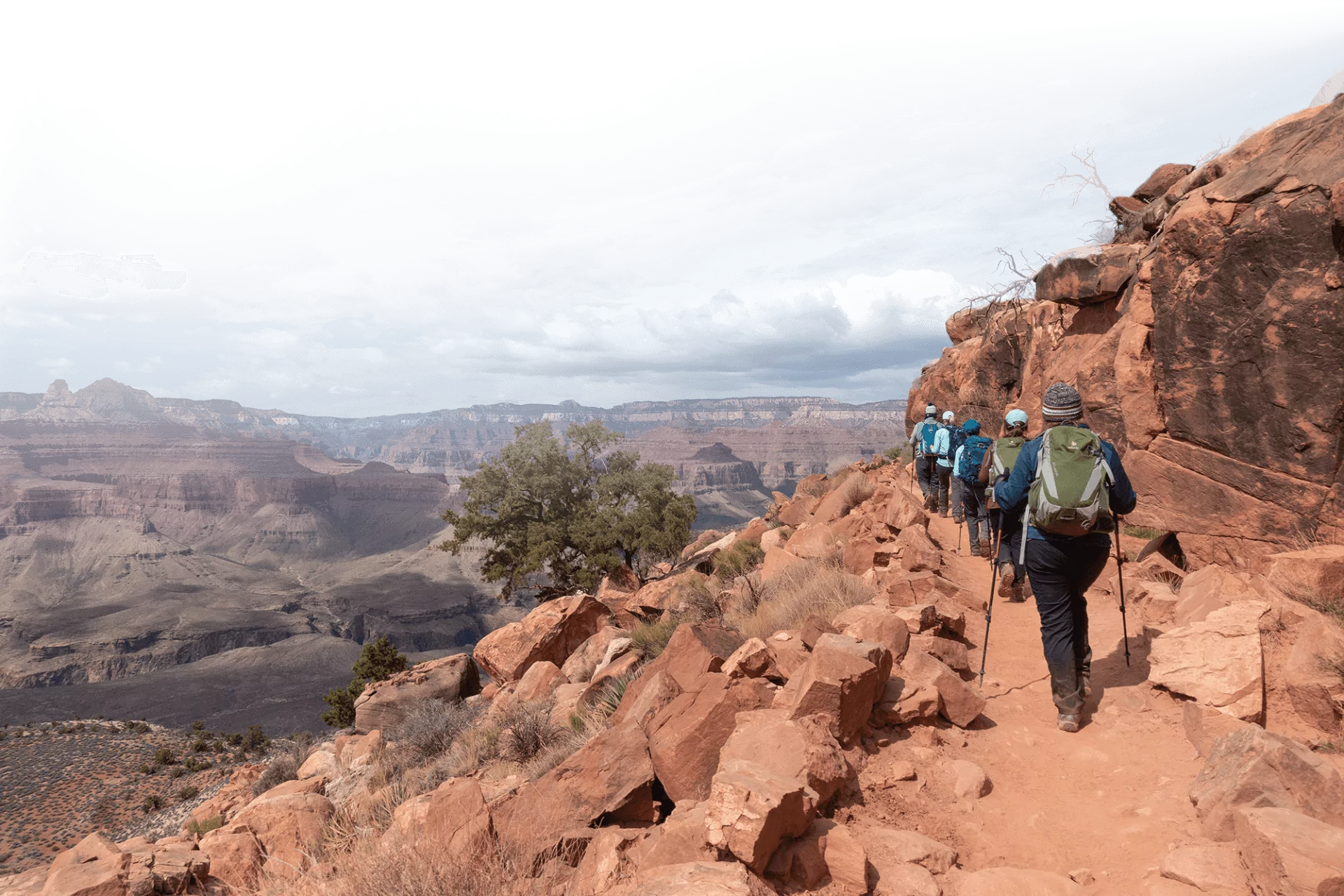A Hiker’s Guide to the Sierra Nevada Range
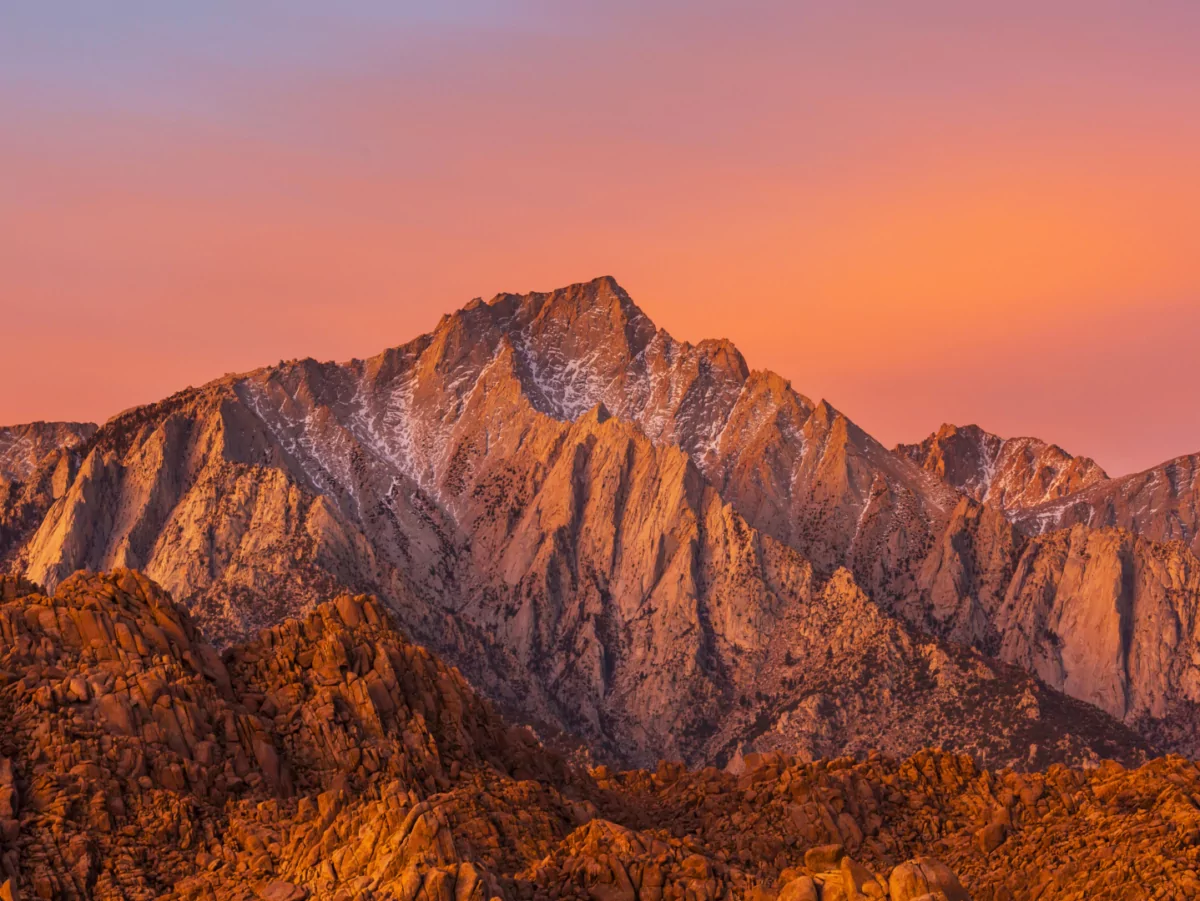
The Sierra Nevada range, a majestic mountain chain stretching over 400 miles from northern California to western Nevada, is one of the most iconic hiking destinations in the United States. This rugged range, known for its towering granite peaks, serene alpine lakes, and dense forests, is home to some of the most celebrated national parks in the country, including Yosemite National Park, Sequoia National Park, and Kings Canyon. It also features Mount Whitney, the tallest peak in the contiguous United States.
For hikers, climbers, and adventurers, the Sierra Nevada range offers a unique and challenging wilderness experience. Trails like the Pacific Crest Trail (PCT) and the John Muir Trail (JMT) carve through the heart of the range, offering both beginners and seasoned hikers an unforgettable adventure. The landscape is undeniably beautiful, with its rocky peaks, crystal-clear lakes, and wild rivers, yet the terrain is demanding, requiring skill, preparation, and perseverance.
Hikers must contend with steep ascents, high-altitude passes, and unpredictable weather, all of which test their physical and mental fortitude. However, the rewards of trekking through the Sierra Nevada range are immense: unparalleled natural beauty, a profound sense of accomplishment, and a true connection with the wilderness.
History
Indigenous Peoples and Early Travelers
For thousands of years, the Sierra Nevada range was home to numerous Indigenous tribes, such as the Paiute, Miwok, and Mono. These peoples lived in harmony with the land, utilizing the region’s rich resources for food, medicine, and spiritual purposes. Their trails across the Sierra Nevada range, carefully crafted to navigate the rugged terrain, form the foundation of many of the hiking routes used today.
Indigenous peoples had a deep connection to the mountains, seeing them as sacred and integral to their cultural practices. The trails carved by these early inhabitants were not only practical but also spiritual pathways, leading to places where ceremonies and rituals were conducted. This connection to the land remains evident, influencing modern conservation efforts and emphasizing the need to preserve the integrity of these wild spaces.
The Gold Rush and Conservation Movement
In 1848, the discovery of gold in the Sierra foothills led to the California Gold Rush, which dramatically altered the landscape. The influx of settlers, miners, and prospectors ravaged the land, causing environmental degradation and threatening the natural beauty of the Sierra Nevada range. Rivers were diverted, forests were cut down for timber, and the high-altitude meadows were disturbed. Despite the Gold Rush’s negative impact, the Sierra Nevada range’s stunning beauty eventually became a rallying point for conservationists.
In the late 19th century, the conservation movement gained momentum, with individuals like John Muir advocating for the preservation of the wilderness. Muir, who spent much of his life exploring the Sierra, famously referred to the mountains as the “Range of Light” due to the way sunlight played off the granite cliffs. His writings and advocacy led to the establishment of Yosemite National Park in 1890 and the creation of the Sierra Club, which continues to be a powerful voice in environmental protection.
Modern Hiking
The modern era of hiking in the Sierra Nevada range began in the early 20th century with the completion of significant trails like the John Muir Trail (JMT), which was finalized in 1938. The JMT, stretching 211 miles through the heart of the Sierra, remains one of the most iconic long-distance hiking trails in the United States. The Pacific Crest Trail (PCT), completed in 1968, follows a similar path and stretches 2,650 miles from Mexico to Canada, with a significant portion traversing the Sierra Nevada range. As hiking became more popular and accessible, the Sierra Nevada range’s challenging terrain attracted a growing number of adventurers, from weekend hikers to those taking on the grueling challenge of a thru-hike. Modern hikers benefit from advanced gear, better trail infrastructure, and a growing culture of long-distance trekking.
Read: a thru hiker’s account of hiking the JMT
Know Before You Go:
Given the remote and rugged nature of the Sierra Nevada range, proper planning is essential for any hiking trip. The wilderness is vast, and hikers should prepare for long stretches without resupply or easy access to help. The following are a few key logistics to consider before each trip:
Weather
Seasonal Overview
- Winter: Winter brings heavy snowfall to the higher elevations of the Sierra Nevada range. Snowstorms are common, and temperatures regularly fall below freezing, especially in the mountains. This makes hiking difficult, as many trails become difficult to access due to deep snow and hazardous conditions. Avalanches are also a significant concern for backcountry travelers.
- Spring: As winter snow begins to melt in the spring, the Sierra Nevada range transforms into a lush paradise, with rivers swelling and meadows blooming with wildflowers. While this is an excellent time to explore the lower elevations, the high country often remains snowbound until late spring. River crossings can be hazardous, as spring snowmelt causes water levels to rise and current speeds to increase.
- Summer: Summer is the most popular time to hike in the Sierra Nevada range, with temperatures reaching their peak in the valleys. However, it can still be quite chilly in the high elevations, especially during the early mornings and evenings. Afternoon thunderstorms are a regular occurrence, and hikers must be cautious of lightning strikes. The intense sun can also lead to dehydration, so it’s vital to carry enough water and seek shade during the hottest part of the day.
- Autumn: Autumn brings cooler temperatures, making it an ideal time for hiking in the Sierra Nevada range. The fall foliage creates a stunning backdrop, especially in the lower elevations. However, snow can return as early as October, and hikers should be prepared for early-season snowstorms, particularly in the higher reaches of the mountains.
Key Hazards by Season
Each season in the Sierra Nevada range comes with its own set of challenges. Some key hazards to be aware of include:
- Avalanches and Severe Cold in Winter: The Sierra’s steep slopes and heavy snow accumulation can trigger avalanches. Cold temperatures and extreme weather conditions can also create dangerous hypothermia risks.
- Spring Snowmelt Leading to Swollen Rivers: Fast-moving water during spring snowmelt makes river crossings especially hazardous.
- Summer Dehydration and Lightning Storms: Hikers must carry enough water and avoid being caught in thunderstorms, which are common in the summer months.
- Sudden Snowstorms in Autumn: Early-season snowstorms can make navigation challenging and increase the risk of hypothermia.
Permits
Permits are required for most overnight trips in the Sierra Nevada range, especially on popular trails like the John Muir Trail (JMT) and Pacific Crest Trail (PCT). These permits help preserve the wilderness and manage the number of hikers in sensitive areas. For example, Mount Whitney, the highest peak in the contiguous United States, requires a special permit, which can be obtained through Recreation.gov’s lottery system. These permits are often in high demand, so it’s advisable to apply well in advance.
Bear Safety
Bears are common in the Sierra Nevada range, and hikers must take measures to protect their food and scented items. Bear canisters are required in most areas, and hikers should never leave food unattended. It’s also recommended to cook away from sleeping areas to avoid attracting bears. It is critical to educate yourself on best practices before setting out on an adventure.
Resupply and Access
Resupply points are scattered throughout the Sierra Nevada range, and long-distance hikers will need to plan for these locations. Popular resupply points along the John Muir Trail (JMT) and Pacific Crest Trail (PCT) include Muir Trail Ranch, Vermilion Valley Resort, and Tuolumne Meadows. Some trailheads are accessible via public transportation or shuttle services like YARTS (Yosemite Area Regional Transportation System) or Eastern Sierra Transit.
Highlights of the Sierra Nevada Range
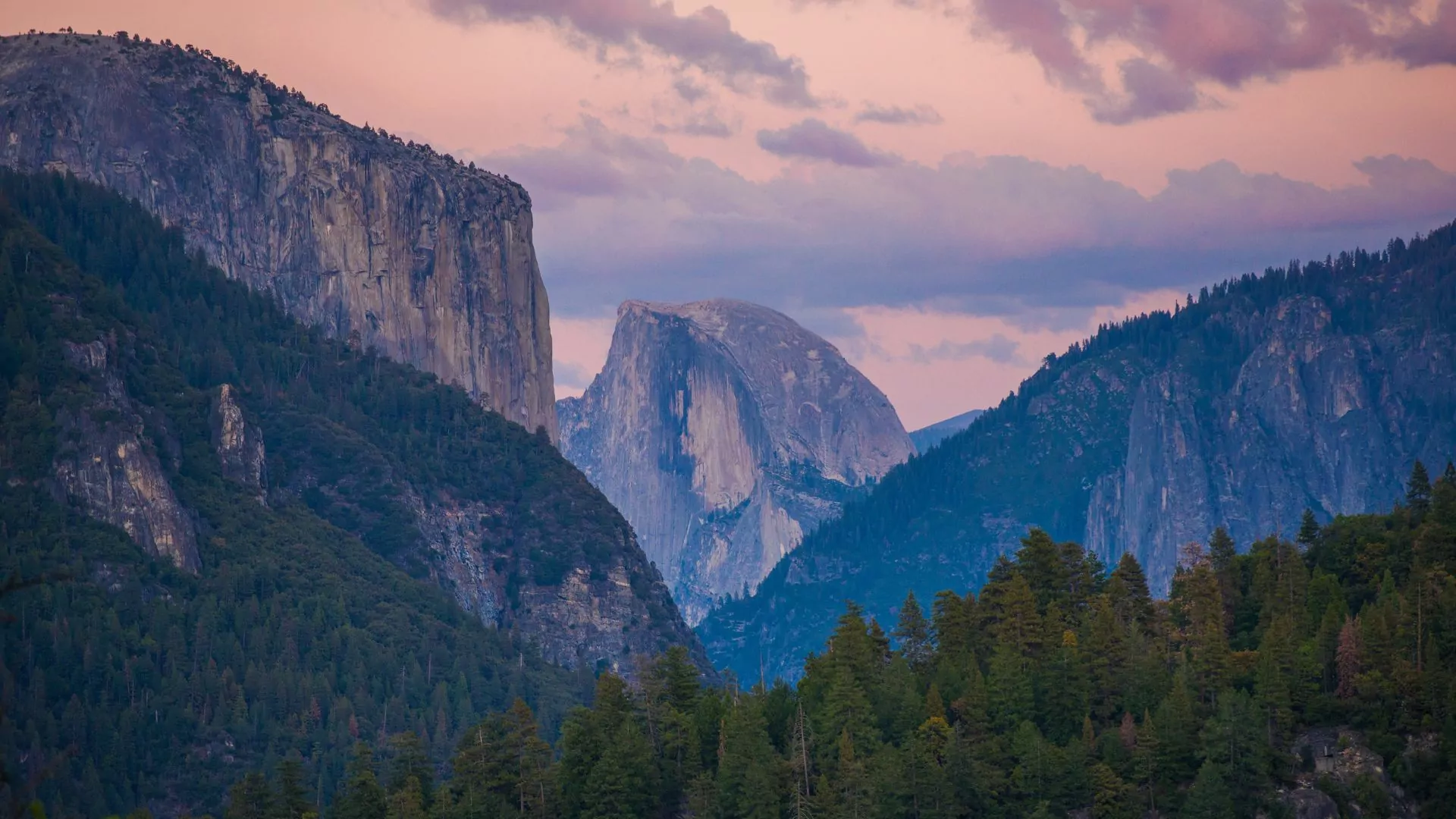 YOSEMITE NATIONAL PARK
YOSEMITE NATIONAL PARK
Yosemite is perhaps the most famous destination in the Sierra Nevada, renowned for its breathtaking granite cliffs, waterfalls, and giant sequoias. The park is home to iconic landmarks like Half Dome, a sheer granite monolith that draws climbers and hikers from all over the world, and El Capitan, one of the world’s premier rock-climbing destinations. Tuolumne Meadows, situated in the high-altitude Eastern Sierra, offers a peaceful retreat with lush meadows, pristine lakes, and access to high-country trails. Yosemite’s diverse ecosystems, from lowland valleys to alpine peaks, provides a unique mix of natural beauty that draws millions of visitors each year.
JOHN MUIR TRAIL (JMT)
The John Muir Trail is one of the most famous long-distance hiking routes in the U.S., stretching 211 miles from Yosemite Valley to Mount Whitney. Named after the famed naturalist John Muir, the trail cuts through the heart of the Sierra Nevada, passing through Yosemite, Kings Canyon, and Sequoia National Parks. Along the way, hikers experience some of the most stunning landscapes in the country, including rugged alpine terrain, pristine lakes, and towering granite peaks. The JMT offers a true wilderness experience, with many sections of the trail passing through remote, untouched areas of the Sierra Nevada.
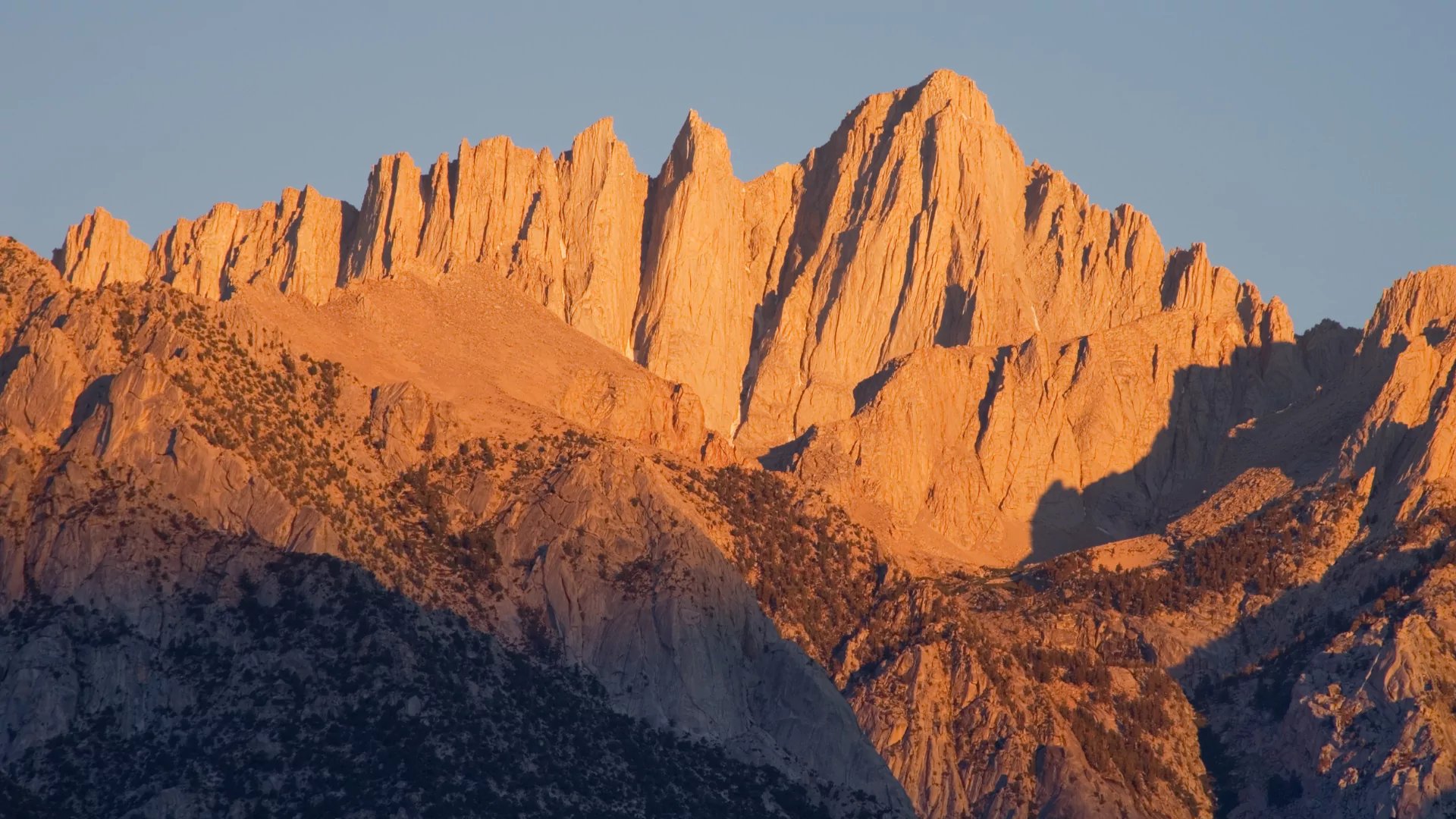 MOUNT WHITNEY
MOUNT WHITNEY
At 14,505 feet, Mount Whitney is the tallest peak in the contiguous United States, offering breathtaking panoramic views of the Sierra Nevada and beyond. Ascending Mount Whitney is a challenging yet rewarding experience for hikers, with two main routes leading to the summit: the Mount Whitney Trail and the Mountaineer’s Route. The trail offers dramatic views of the surrounding valleys and lakes, and from the summit, climbers are rewarded with a 360-degree vista of the eastern Sierra, including Death Valley, the Owens Valley, and other nearby mountain ranges.
Pacific Crest Trail (PCT)
The Pacific Crest Trail is a long-distance hiking trail that stretches 2,650 miles from Mexico to Canada, passing through some of the most rugged and remote terrain in the western United States. A significant portion of the PCT traverses the Sierra Nevada, with highlights such as Forester Pass, the highest point on the trail, and Evolution Basin, a stunning area with crystal-clear lakes and spectacular mountain views. The Sierra section of the PCT offers some of the most challenging and rewarding hiking in the range, with high-altitude passes, alpine lakes, and expansive wilderness areas.
Desolation Wilderness
Located near Lake Tahoe, Desolation Wilderness is a pristine, rugged area known for its stunning alpine lakes, granite peaks, and untouched wilderness. Popular among backpackers, this area offers a variety of hiking routes, including the Desolation Wilderness Loop, which takes visitors through secluded forests, past sparkling lakes, and over granite ridges. The wilderness area’s remote nature makes it an ideal spot for those seeking solitude and a true backcountry experience. Its proximity to Lake Tahoe also provides access to a range of other outdoor activities, including kayaking and fishing.
Kings Canyon and Sequoia National Parks
These two national parks, often referred to together as the “Sequoia-Kings Canyon National Parks,” are home to some of the most dramatic landscapes in the Sierra Nevada. The Rae Lakes Loop, a popular backpacking route, takes hikers through deep canyons, lush meadows, and rugged peaks, offering some of the best backcountry experiences in the range. The Giant Forest in Sequoia National Park is home to the world’s largest trees, including General Sherman, the largest tree by volume on Earth. The towering sequoias and scenic mountain vistas make this area a must-see for visitors.
Ansel Adams Wilderness
Named after the renowned photographer Ansel Adams, this wilderness area is a haven for outdoor enthusiasts and photographers alike. The Ansel Adams Wilderness is known for its crystal-clear lakes, towering granite peaks, and dramatic mountain landscapes. Hiking trails like the High Sierra Trail offer a challenging yet rewarding trek through some of the most beautiful terrain in the Sierra Nevada. Visitors can enjoy a variety of activities, including backcountry camping, fishing, and photography, as they explore the diverse ecosystems of this protected area.
Tahoe Rim Trail
The Tahoe Rim Trail is a 170-mile loop that circumnavigates Lake Tahoe, offering hikers stunning views of the lake, surrounding mountains, and forests. The trail passes through diverse ecosystems, from dense forests to rocky ridgelines, and provides hikers with panoramic views of Lake Tahoe and the Sierra Nevada. The trail can be hiked in sections or completed as a multi-day adventure, with plenty of campsites and scenic overlooks along the way. It is especially popular in the summer and fall when the lake’s blue waters and the surrounding forested slopes provide breathtaking vistas.
Bishop Pass and Dusy Basin
Bishop Pass is a popular entry point into the High Sierra, offering hikers access to the beautiful Dusy Basin, a pristine area filled with alpine lakes and surrounded by dramatic granite peaks. The area is known for its rugged beauty, with several challenging routes leading into the basin, including the Bishop Pass Trail. Hikers can explore the area’s many lakes, including Lower and Upper Dusy Basin, which provide picturesque settings for camping and fishing. The views from the pass and basin are some of the most stunning in the Sierra Nevada.
Mineral King Valley
A lesser-known gem nestled in Sequoia National Park, Mineral King Valley offers visitors a peaceful retreat with scenic alpine lakes, wildflower-filled meadows, and rugged mountain peaks. The area is accessible by a winding road and features several trailheads that lead to remote backcountry destinations, such as Franklin Lakes and Timber Gap. Mineral King is a great place for those looking for a more secluded and tranquil experience, away from the crowds of other national parks in the Sierra Nevada.
Guided Adventures in the Sierra
- John Muir Trail Expedition: A 23-day, 220-mile immersive journey through the Sierra Nevada.
- Grand Yosemite Traverse: A 5-day exploration of Yosemite’s high country.
- Mount Whitney Ascent with Horsepack Support: A 7-day guided climb of Mount Whitney with horsepacking support.
- High Sierra Loop: A 5-day trek through rugged terrain, rivers, and lakes
- Alpine Lakes of the Ansel Adams Wilderness: A 5-day backpacking trip through pristine alpine lakes and granite peaks.
- Ansel Adams Wilderness High Sierra Camp: A 5-day trip with pack stock support for lighter hiking loads.
- Wonders of Yosemite: A 7-day backpacking trip through Yosemite’s stunning scenery.
- John Muir Trail: Florence Lake to Yosemite: A 12-day trek covering a significant portion of the JMT.
- High Sierra and The Western Divide: A 5-day adventure that features diverse landscapes and challenging terrain.
The Sierra Nevada range offers a lifetime of exploration and adventure for hikers of all levels. Its breathtaking landscapes, rich history, and challenging terrain make it a destination unlike any other. Whether you are exploring the iconic Yosemite National Park, climbing Mount Whitney, or embarking on a guided trek with Wildland Trekking, the Sierra Nevada range promises unforgettable hiking experiences. With careful preparation, respect for the wilderness, and a sense of adventure, hikers can immerse themselves in the majestic beauty of the Sierra Nevada and discover why this range continues to inspire generations of explorers.



